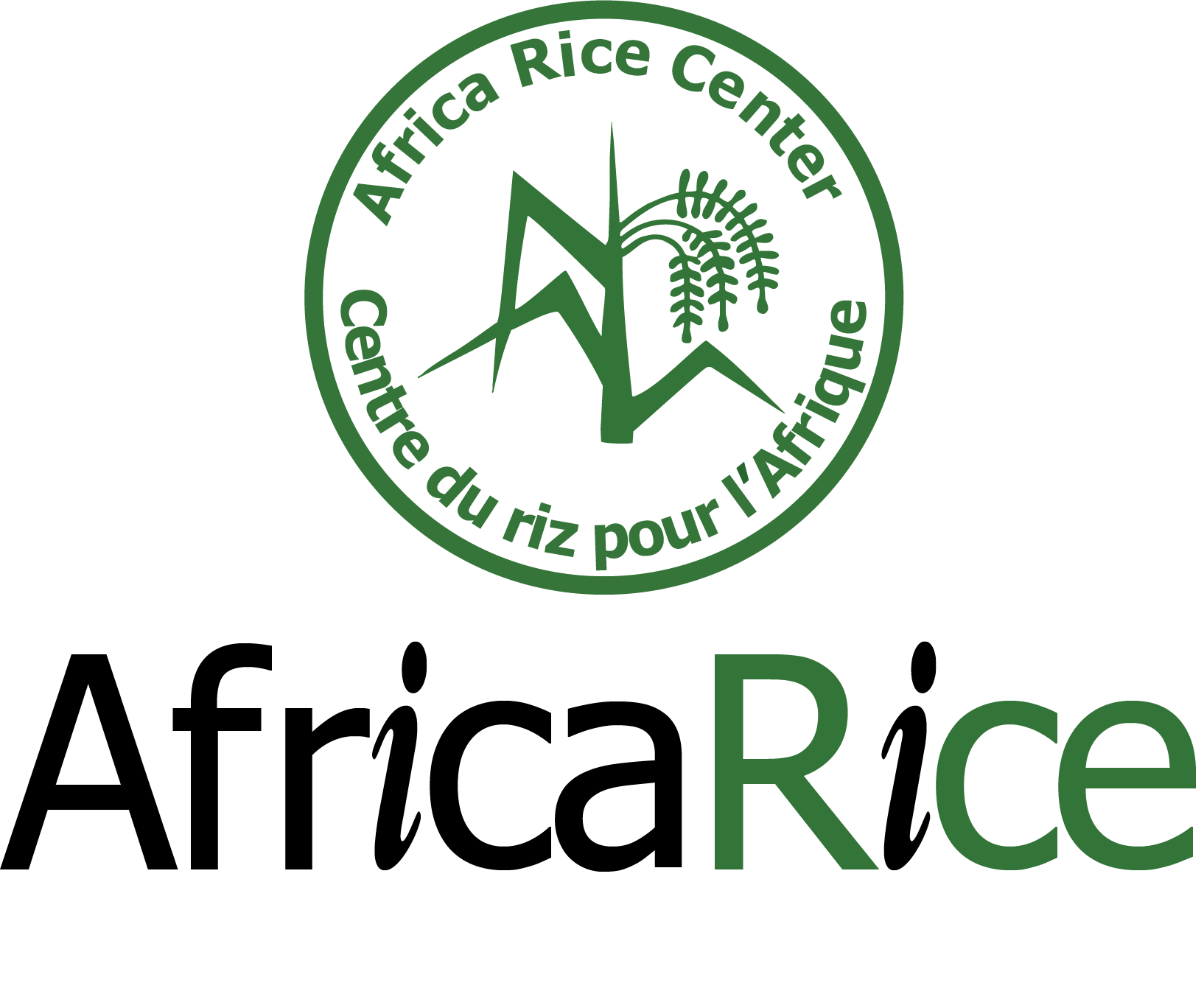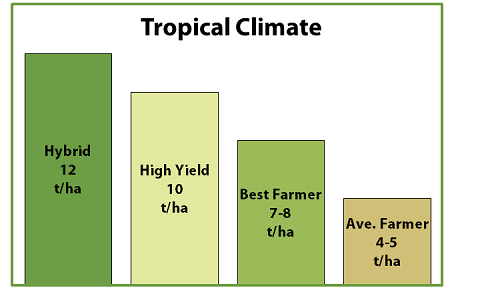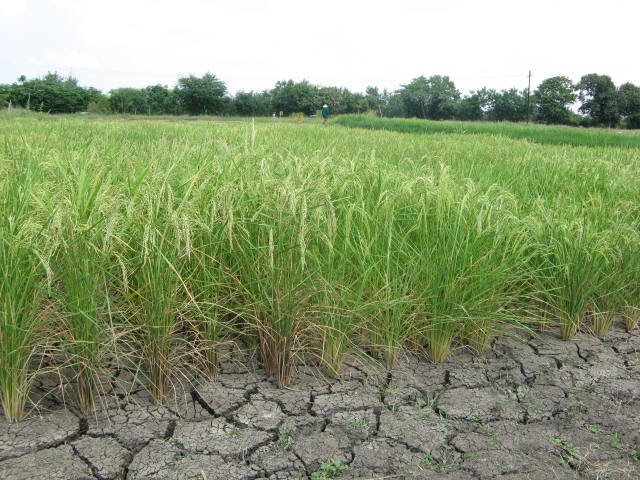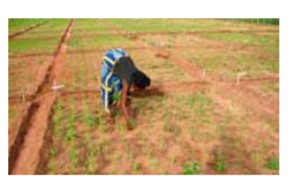Advanced rice varieties for Africa (ARICA lines)
Summary
A new generation of high-performing and locally adapted hybrid rice cultivars has been launched since 2013 through breeding programs in Sub-Saharan Africa, which are known as ARICA varieties. This brand of improved germplasm is the successor to NERICA varieties and provides opportunities to rice farmers and traders on the continent because these new varieties are well adapted to the growing environments and have better grain quality preferred by the local market. ARICA varieties are developed and certified through processes establish by a joint breeding task force which ensures strict quality assurance. Genetically, ARICA varieties are not restricted to interspecific crosses, so any line that shows promise regardless of its origin can be picked up line as long as its performance is convincing. Breeders’ assessments of new lines are backed by field data collected over a number of years. The hybrid rice varieties that were released across Sub-Saharan Africa have proven to be an avenue for boosting the levels of rice productivity and profitability at the base of this major food staple value chain.
About the Solution
Hybrid ARICA lines are distinguished by their high yield potential, and tolerance/resistance to diseases and pests, such as blast, bacterial leaf blight, rice yellow mottle virus, as well as abiotic stresses like drought, flooding, iron toxicity, cold and salinity. Breeders employ a three-line system to develop ARICA hybrid lines, involving backcrossing which gives new cytoplasmic male sterile germplasm with good agronomic, next to outcrossing characteristics to obtain high seed yield, as well as test-crossing and microsatellite screening for identifying suitable restorer lines. A two-line breeding system for ARICA varieties is in place that relies on environmental genetic male sterility and has shown to achieve similar performance like the three-line system while being more economical. For breeding lines to be nominated as ARICA it must consistently and significantly out-yield the best checks in at least one site over at least three seasons and possess acceptable grain quality. In other words, it must represent significant improvement on the current best variety. Extensive field validation has shown that the productivity of ARICA 1, ARICA 2 and ARICA 3 is respectively 20 - 44%, 50 - 111%, and 2 - 69% greater than for NERICA-L 19 which is in wide use by African farmers.
The multiple improved traits of ARICA varieties make them ideal for responding to challenges that are faced by farmers in different types of agroecosystems in Sub-Saharan Africa, going from lowland to highland areas, and dry to wet climates. Tolerance of water and nutrient limitation, and resistance to pests and diseases, bred into these hybrid lines offer advantages for rainfed and irrigated rice cropping systems with a broad range of co-applied management practices, i.e., extensive or intensive fertilizer use, weed control measures, amongst others. The collection of ARICA lines available from seed suppliers in Sub-Saharan Africa give farmers the ability to find a suitable variety for their purpose.
A total of 18 ARICA varieties have been developed and tested in 30 African countries by the joint breeding task force through a participatory varietal selection method with thousands of farmers. Line The varieties in the collection are designated for particular countries, and types of rice cropping systems, i.e., rainfed or irrigate lowland and upland production, and even saltwater mangroves. Specialty traits like drought resistance, tolerance to iron toxicity and cold, pest/disease immunity or high protein content that are built into certain lines enable rice growers to address unfavorable conditions at local and regional scale.
A standardized methodology put together by the breeding task force is being used by breeders to develop and certify ARICA varieties. This protocol enables scientists to analyze the data across sites and countries with confidence, knowing that the plant traits have been screened and same practices have been followed at all sites. ARICA varieties are cultivated as any normal rice crop following best soil and fertilizer management prescribed for particular growing areas and conditions. Rice can be planted manually or mechanically by sowing seed directly in the fields (drill/dibble/broadcast), or through transplantation of seedlings from seedbeds into fields which requires additional labour but is very effective in controlling weeds. Fields in both lowland and uplands areas are usually divided into lines or rectangles by constructing bunds, i.e., low embankments made of soil or stones, which enable to rain water accumulation and good drainage.
Commercialization
Commercially available
Solution Images
Institutions

Accompanying Solutions
Deep urea placement (nitrogen management), Foliar micronutrient addition, Engineered irrigation surfacing (and water lifting), Motorized weeders (cut and bury paddy weeds), RiceAdvice digital support



